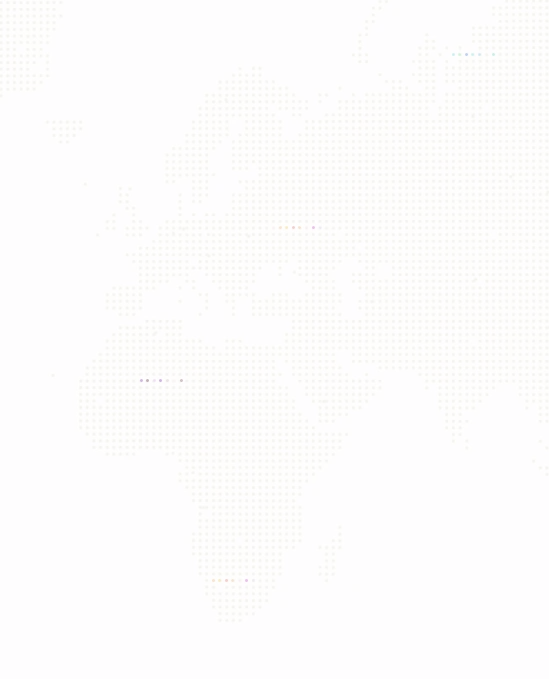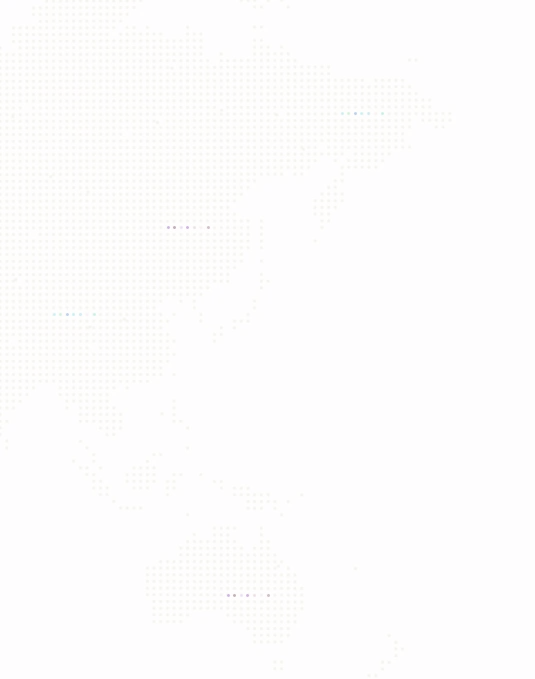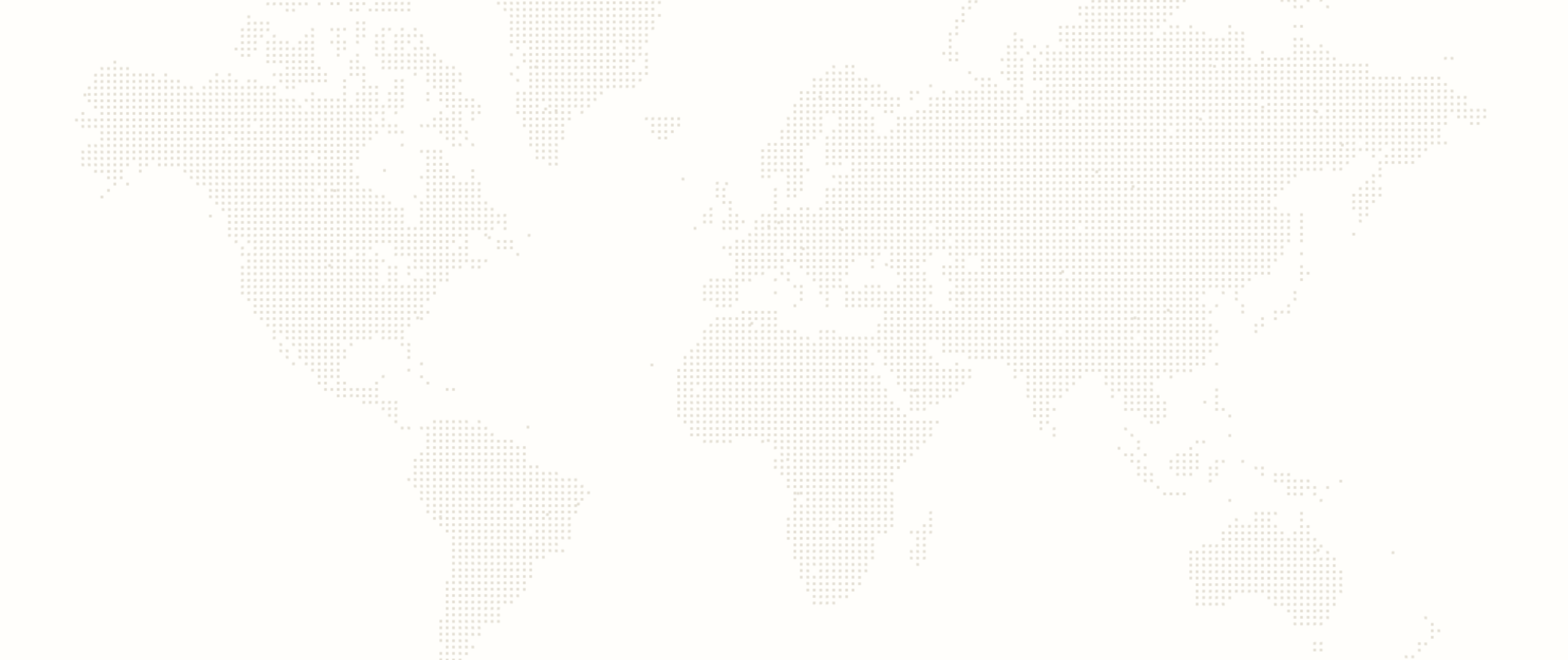Navigate to
ASPI’s Critical Technology Tracker was first launched in March 2023 and in addition to this website we have published two reports accompanying this work:
- ASPI’s two-decade Critical Technology Tracker: The rewards of long-term research investment (published 28 August 2024)
- Please see the executive summary of our new report below
- ASPI’s Critical Technology Tracker: The global race for future power(1 March 2023)
- In this report we made 23 recommendations, all of which remain relevant for countries today. Grouped into four themes, those recommendations call for partners and allies to 1) boost investment, drive commercialisation and build talent pipelines; 2) enhance global partnerships; 3) supercharge intelligence efforts; and 4) consider moonshots (big ideas), including long-term funding via sovereign wealth funds for research, development and technology innovation. Without bigger and more ambitious changes to the status quo, the trajectory laid out in the Critical Technology Tracker will continue to be consolidated.
Please also see these visual snapshots:
- Top 5 country snapshot for all 64 technologies (2024)
- Top 5 snapshot for all 64 technologies with the EU grouped together (2024).
- The lead country and technology monopoly risk (2024)
- AUKUS relevant technologies – top 10 country summary (2023)
- Advanced sensor and biotechnologies (2023)
ASPI’s two-decade Critical Technology Tracker: The rewards of long-term research investment
This report accompanies a major update of ASPI’s Critical Technology Tracker website, which reveals the countries and institutions—universities, national labs, companies and government agencies—leading scientific and research innovation in critical technologies. It does that by focusing on high-impact research—the top 10% of the most highly cited papers—as a leading indicator of a country’s research performance, strategic intent and potential future science and technology (S&T) capability.
Now covering 64 critical technologies and crucial fields spanning defence, space, energy, the environment, artificial intelligence (AI), biotechnology, robotics, cyber, computing, advanced materials and key quantum technology areas, the Tech Tracker’s dataset has been expanded and updated from five years of data (previously, 2018–2022) to 21years of data (2003–2023).
Measuring high-impact research, by itself, doesn’t provide a full picture of a country’s current technological or innovation competitiveness. The purpose of the Critical Technology Tracker is not to assess the current state of play but to improve global understanding of countries’ strategic intent and potential future S&T capability.
These new results reveal the stunning shift in research leadership over the past two decades towards large economies in the Indo-Pacific, led by China’s exceptional gains. The US led in 60 of 64 technologies in the five years from 2003 to 2007, but in the most recent five years (2019–2023) is leading in seven. China led in just three of 64 technologies in 2003–2007 but is now the lead country in 57 of 64 technologies in 2019–2023, increasing its lead from our rankings last year (2018–2022), where it was leading in 52 technologies.
India is also emerging as a key centre of global research innovation and excellence, establishing its position as an S&T power. That said, the US, the UK and a range of countries from Europe, Northeast Asia and the Middle East have maintained hard-won strengths in high-impact research in some key technology areas, despite the accelerated efforts of emerging S&T powers.
This report examines short- and long-term trends, to generate unique insights. We have updated the recent five-year results (2019–2023) to show current research performance rankings (top 5 country results are in Appendix1 from page 41). We have also analysed our new historical dataset to understand the country and institutional trends in research performance over the full 21-year period. In select technologies we have also made projections, based on current trends, for China and the US to 2030.
The results show the points in time at which countries have gained, lost or are at risk of losing their global edge in scientific research and innovation. The historical data provides a new layer of depth and context, revealing the performance trajectory different countries have taken, where the momentum lies and also where longer term dominance over the full two decades might reflect foundational expertise and capabilities that carry forward even when that leader has been edged out more recently by other countries. The results also help to shed light on the countries, and many of the institutions, from which we’re likely to see future innovations and breakthroughs emerge.
China’s new gains have occurred in quantum sensors, high-performance computing, gravitational sensors, space launch systems and advanced integrated circuit design and fabrication (semiconductor chip making). The US leads in quantum computing, vaccines and medical countermeasures, nuclear medicine and radiotherapy, small satellites, atomic clocks, genetic engineering and natural language processing.
India now ranks in the top5 countries for 45 of 64 technologies (an increase from 37 last year) and has displaced the US as the second-ranked country in two new technologies (biological manufacturing and distributed ledgers) to rank second in seven of 64 technologies. Another notable change involves the UK, which has dropped out of the top.5 country rankings in eight technologies, declining from 44 last year to 36 now.
Besides India and the UK, the performance of most secondary S&T research powers (those countries ranked behind China and the US) in the top 5 rankings is largely unchanged: Germany (27), South Korea (24), Italy (15), Iran (8), Japan (8) and Australia (7).
We have continued to measure the risk of countries holding a monopoly in research for some critical technologies, based on the share of high-impact research output and the number of leading institutions the dominant country has. The number of technologies classified as ‘high risk’ has jumped from 14 technologies last year to 24 now. China is the lead country in every one of the technologies newly classified as high risk—putting a total of 24 of 64 technologies at high risk of a Chinese monopoly. Worryingly, the technologies newly classified as high risk includes many with defence applications, such as radar, advanced aircraft engines, drones, swarming and collaborative robots and satellite positioning and navigation.
In terms of institutions, US technology companies, including Google, IBM, Microsoft and Meta, have leading or strong positions in artificial intelligence (AI), quantum and computing technologies. Key government agencies and national labs also perform well, including the National Aeronautics and Space Administration (NASA), which excels in space and satellite technologies. The results also show that the Chinese Academy of Sciences (CAS)—thought to be the world’s largest S&T institution—is by far the world’s highest performing institution in the Critical Tech Tracker, with a global lead in 31 of 64 technologies (an increase from 29 last year, see more on CAS on page 19 of the report).
The results in this report should serve as a reminder to governments around the world that gaining and maintaining scientific and research excellence isn’t a tap that can be turned on and off. Too often, countries have slowed or stopped investing in, for example, research and development (R&D) and manufacturing capability, in areas in which they had a long-term competitive advantage (5G technologies are an example6). In a range of essential sectors, democratic nations risk losing hard-won, long-term advantages in cutting-edge science and research—the crucial ingredient that underpins much of the development and advancement of the world’s most important technologies. There’s also a risk that retreats in some areas could mean that democratic nations aren’t well positioned to take advantage of new and emerging technologies, including those that don’t exist yet.
Meanwhile, the longitudinal results in the Critical Tech Tracker enable us to see how China’s enormous investments and decades of strategic planning are now paying off. Building technological capability requires a sustained investment in, and an accumulation of, scientific knowledge, talent and high-performing institutions that can’t be acquired through only short-term or ad hoc investments. Reactive policies by new governments and the sugar hit of immediate budget savings must be balanced against the cost of losing the advantage gained from decades of investment and strategic planning. While China continues to extend its lead, it’s important for other states to take stock of their historical, combined and complementary strengths in all key critical technology areas.


